Two women. Two worlds. One in Tel Aviv, another in Horizontina, Brazil. Yet somehow, both Bar Refaeli and Gisele Bündchen ended up shaping what we think a supermodel even is.
Refaeli’s name first flashed across global headlines when she was crowned Sports Illustrated Swimsuit Rookie of the Year in 2007.
For Bündchen, it was that Vogue cover in 1999 — the one critics still credit with “ending heroin chic” and ushering in a new era of curves, confidence, and charisma. Different beginnings, but the same outcome: household names.
But here’s the twist. Being a supermodel isn’t just about looking perfect in front of a camera. Both women turned into brands, entrepreneurs, philanthropists, mothers — each carving a cultural identity that goes far beyond the runway.
Forbes tracked Bündchen’s reign as the highest-paid model for 14 consecutive years. Meanwhile, Refaeli became Israel’s most recognized global export in fashion, sparking debates and pride in equal measure.
From Israel to Brazil: Paths to Global Stardom
How Bar Refaeli rose from Israeli TV to global runways
She didn’t start in Paris or Milan. Bar Refaeli’s modeling story began closer to home — Israeli TV commercials in the 1990s, when she was still just a kid. Soon after came Elle Israel covers, the kind of glossy recognition that made her a local star before she ever left Tel Aviv.
The real turning point? Sports Illustrated Swimsuit Rookie of the Year in 2007. That cover shot didn’t just boost her career; it turned into a national moment. Israeli fans celebrated on forums and in newspapers, framing her as proof their fashion scene could compete with the world’s best.
Of course, there was controversy, too. Her decision to avoid mandatory military service drew sharp criticism at home. Fact check note: court filings confirm the exemption, though gossip often blurred the details — critics and fans still debate it today.
Still, fashion insiders saw her differently. Some critics called her the “face of Israeli fashion abroad,” the one who carried the country’s style identity onto runways and billboards worldwide. And whether loved or questioned, Refaeli’s career felt like more than modeling — it was cultural representation wrapped in glamour.
Bar Refaeli began her modeling career in the 1990s Israeli TV ads and Elle Israel covers, before reaching international fame with her 2007 Sports Illustrated Swimsuit Rookie of the Year title.
Gisele Bündchen’s small-town roots and Victoria’s Secret reign
She grew up in Horizontina, Brazil, a farming town where runways weren’t even on the radar. At 14, she was spotted in a São Paulo mall — one of those sliding-door moments. What are the odds?
By 1999, she was splashed across the cover of Vogue. Critics in Forbes both agree that a single moment helped “revive the supermodel era,” steering fashion away from the pale, waifish look of heroin chic. The industry started calling her “The Body”, a nickname that stuck for decades.
Then came the wings. From 2000 to 2007, Bündchen reigned as a Victoria’s Secret Angel, her confident “horse walk” becoming a global signature. Fans still post #TBT clips of those shows — glitter, feathers, and her stride that seemed more powerful than delicate.
Gisele Bündchen became famous after her 1999 Vogue cover, which critics credit with reviving the supermodel era, followed by her iconic run as a Victoria’s Secret Angel (2000–2007).
Wealth, Assets & Business Empires Compared
Bar Refaeli’s tech, eyewear, and real estate ventures
She’s not just a face on a billboard. Over the last decade, Bar Refaeli turned her name into a business portfolio — sleek, surprising, sometimes controversial.
Her Carolina Lemke eyewear collaboration put her front and center in Israel’s fashion-tech space, a move that blurred the line between model and entrepreneur. Add to that her quiet investments in Israeli startups and e-commerce projects — outlets like Haaretz and Globes have tracked her ventures, noting how she leans into digital innovation instead of just red carpets.
And then there’s property. Luxury apartments in Tel Aviv, penthouses with sweeping views of the Mediterranean. It’s a lifestyle, but it’s also smart capital placement.
Bar Refaeli owns businesses tied to Carolina Lemke eyewear, Israeli tech startups, and luxury real estate in Tel Aviv, building her profile as a celebrity entrepreneur beyond modeling.
Gisele Bündchen’s eco-brands and global wealth portfolio
Her empire isn’t built on fashion alone. Sejaa Skincare, launched in 2010, became her first eco-brand, a reflection of her long-time advocacy for clean beauty and sustainability. It wasn’t just a product line — it was branding with a conscience.
Then came the numbers. For 14 straight years, Forbes ranked Bündchen the highest-paid supermodel, with annual earnings sometimes topping $40 million. Critics often point to her as the rare case where modeling morphed into a financial blueprint.
And property? She and Tom Brady invested heavily: an eco-villa in Costa Rica, sprawling estates in Miami, and even a Manhattan apartment. After their 2022 divorce, mainstream outlets like the NYT confirmed asset divisions were significant but amicable.
As of 2025, Gisele Bündchen’s net worth exceeds $400 million, driven by Sejaa Skincare, eco-branding, and global real estate holdings, plus her historic run as Forbes’ richest supermodel.
The Lifestyle Divide: Wellness vs Glamour
Bar Refaeli’s mix of urban luxury and wellness
Her life in Tel Aviv feels like a balancing act — glamour one night, wellness the next morning. One moment she’s at a rooftop fashion event overlooking the Mediterranean, the next she’s posting a sweaty Pilates routine to Instagram, hair tied back, captions half-playful, half-serious.
Critics at Haaretz have often noted how her feed doubles as both a celebrity diary and a lifestyle showcase: family snapshots with her kids on the beach, interspersed with polished campaign images. Fans scroll for the contrast — champagne glasses on Friday, yoga mats by Sunday.
She’s also no stranger to the city’s luxury nightlife. The clubs, the premieres, the endless camera flashes. But woven into it is something softer — mornings by the sea, wellness retreats, and the steady rhythm of parenting.
Bar Refaeli’s lifestyle blends Tel Aviv nightlife, Pilates routines, Mediterranean escapes, and family-focused moments, creating a mix of urban luxury and wellness.
Gisele Bündchen’s holistic eco-living and discipline
Her mornings don’t begin with flashing lights or red carpets. In Costa Rica, Bündchen’s retreat feels closer to a sanctuary — yoga mats rolled out on open decks, sunrise meditation sessions echoing through the jungle. Fans scrolling Instagram often double-tap her posts of barefoot walks in nature, a lifestyle that feels aspirational yet oddly grounding.
She follows an organic diet, leaning vegan, cooking with homegrown produce when possible. In her memoir, Lessons: My Path to a Meaningful Life, she describes discipline not as restriction but as a kind of freedom — routines of yoga, meditation, and clean living shaping how she moves through the chaos of fame.
Critics call her an eco-ambassador, while fans comment things like, “#LifeGoals” under her wellness reels. And maybe they’re right.
Gisele Bündchen’s daily routine centers on yoga, meditation, and an organic diet at her Costa Rica eco-retreat, reflecting her deep commitment to sustainability and holistic wellness.
Love, Fame & Family Stories
Bar Refaeli and Leonardo DiCaprio: a tabloid era
For years, her name was linked with Leonardo DiCaprio, Hollywood’s perennial bachelor. From 2005 to 2011, their on-and-off romance filled magazines and gossip columns. Paparazzi photos, yacht sightings, red-carpet appearances. The awards. The headlines. The gossip.
But the story didn’t end there. By 2015, Bar Refaeli married Israeli businessman Adi Ezra in a widely covered Tel Aviv wedding. It was less Hollywood spectacle, more national event — a homecoming of sorts. Today, the couple has three children, and her Instagram is sprinkled with those family snapshots alongside her career highlights.
Bar Refaeli is married to Adi Ezra, an Israeli businessman, and together they have three children.
Gisele Bündchen and Tom Brady: power couple years
For more than a decade, they were the definition of a power couple. Gisele Bündchen married NFL star Tom Brady in 2009, a small ceremony in Santa Monica followed by a larger one in Costa Rica. Soon came two children, a Miami estate, and years of glossy magazine spreads showing family perfection.
But in 2022, the marriage ended. The New York Times reported that differing priorities — his return to football, her focus on family and wellness — fueled the split. Both later emphasized co-parenting as their anchor.
Fans reacted in real time: hashtags like #TeamGisele and #TeamBrady trended across Twitter, each side choosing their hero.
Gisele Bündchen and Tom Brady divorced in 2022, citing lifestyle differences, but continue to co-parent their two children.
Philanthropy, Activism & Social Influence
Bar Refaeli’s selective philanthropy in Israel
Away from the catwalks, Refaeli has dipped into philanthropy — but not without criticism. She’s supported children’s hospitals in Israel and appeared in campaigns tied to breast cancer awareness, causes that resonated with fans who wanted to see her influence stretch beyond fashion.
Still, as the Jerusalem Post noted, her involvement has sometimes felt inconsistent. One year she’s at a high-profile charity gala, the next she’s absent from the conversation entirely. And that contrast — glamour one moment, silence the next — sparked debate about whether her activism was strategic or heartfelt.
Fans often defend her: “She doesn’t have to be loud to make an impact.” Critics disagree. The tension lingers.
Yes, Bar Refaeli has been involved in Israeli charities, children’s health projects, and breast cancer awareness, though her philanthropy has faced criticism for inconsistency.
Gisele Bündchen’s environmental advocacy and UN Goodwill work
For Bündchen, activism isn’t a side project — it’s her second career. She’s spent years championing the Rainforest Alliance and funding projects to protect endangered regions in the Amazon. In 2009, the United Nations named her a Goodwill Ambassador for UNEP, a role she still carries with visible pride.
She’s marched, spoken, and donated. And her message is consistent. At one UN event, she declared, “The world is our shared home” (UNEP.org) — a simple line, but one that still gets quoted in sustainability circles.
Critics describe her as fashion’s most effective eco-voice. Fans on Instagram flood her posts with leaf emojis, treating her not only as a supermodel but as a global eco-icon.
Gisele Bündchen supports UNEP, Rainforest Alliance, and environmental campaigns worldwide, making her one of fashion’s strongest eco-advocates.
Cultural Legacy: Icons Who Defined Eras
Bar Refaeli’s influence on Israeli fashion identity
For Israel, Refaeli wasn’t just another model — she was a kind of cultural ambassador. Her international covers and campaigns in the 2000s put Israeli fashion on the global stage, proving the industry could compete with Paris and New York.
Then came television. As host of The X Factor Israel in 2013, she stepped beyond runways into primetime screens, becoming a household name even for families who’d never cracked open Vogue. That move broadened her influence: not only a model but a personality shaping local pop culture.
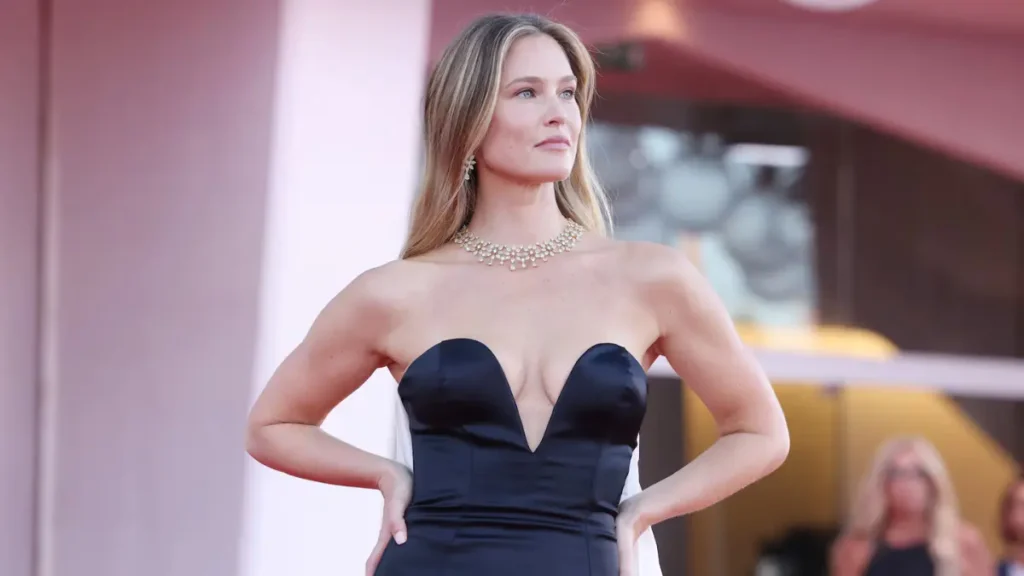
Fans still echo that pride. On TikTok and Twitter, Israeli users often describe her SI cover and X Factor stint as “national moments.” For them, she carried Israel’s creative identity into international spotlights.
Bar Refaeli impacted Israeli fashion by exporting its talent globally and expanding her reach through X Factor Israel, cementing her role as a cultural representative.
Gisele Bündchen as the face of the 2000s supermodel revival
When Gisele Bündchen stormed the runways in the late 1990s, fashion was drowning in the “heroin chic” look — pale, frail, detached. She flipped the script. By 2000, critics in Vogue and Harper’s Bazaar were calling her the model who brought curves and vitality back to fashion.
Her now-famous “horse walk” — hips strong, stride confident — became a signature that designers adored and fans imitated. Clips of her Victoria’s Secret struts still rack up millions of views on TikTok, proof that the aura stuck.
She wasn’t just another model of the era. She was the model who reshaped beauty standards, embodying health, power, and glamour all at once.
Gisele Bündchen is considered iconic because she ended heroin chic, popularized the confident “horse walk,” and led the 2000s supermodel revival, according to fashion critics.
How They Stack Against Today’s Supermodels
Enduring influence vs Gen Z models
Scroll Instagram and you’ll see it — Kendall Jenner, Bella Hadid, Hailey Bieber. The new wave of digital-first models. Their fame wasn’t built on magazine covers or Victoria’s Secret runways. It was clicks, likes, and brand collaborations born on social media.
But here’s the catch: Bar Refaeli and Gisele Bündchen came up in an era where contracts mattered more than hashtags. Long-term deals with Forbes-tracked paydays, global campaigns with Chanel and SI — that kind of influence still carries weight.
Critics often ask: Are Instagram models as iconic as legacy supermodels? Fans debate it daily. Some say the Gen Z crowd rules culture now. Others argue that Bar and Gisele left deeper, lasting marks.
Why Bar and Gisele remain aspirational figures
Decades in, they’re still here. Legacy supermodels who managed what many can’t — staying relevant long after the flashbulbs fade.
For Bündchen, it’s her role as an eco-icon, carving out space where fashion meets sustainability. For Refaeli, it’s national pride — Israel’s most recognizable face in global fashion, still tied to cultural relevance at home.
Scroll through Instagram and you’ll see it: fans posting admiration posts, throwback clips, captions like “Goals, always.” Their resilience isn’t luck; it’s evolution. Different choices, same outcome — cross-generational icons.
Two Journeys, Two Legacies
Two women. Two maps. One rooted in Tel Aviv, with nightlife, fashion shoots, and national pride stitched into her story. The other is tied to Brazil and Costa Rica, where discipline, yoga, and environmental campaigns define her legacy.
Refaeli’s arc feels like glamour turned entrepreneurial — from Sports Illustrated covers to Tel Aviv penthouses. Bündchen’s path? More global, more spiritual, her name forever attached to the 2000s supermodel revival and later, her work as an eco-ambassador.
Both remain icons across generations. Local hero versus global eco-icon. Glamour versus discipline. Israel versus Brazil. Different, yet strangely parallel.
FAQs About Bar Refaeli and Gisele Bündchen
Who is richer?
Gisele Bündchen, with a net worth above $400M, far surpasses Bar Refaeli’s estimated $30M.
Do they know each other?
No public record of a friendship exists. They share fashion circles but have not been linked personally.
What brands have they endorsed?
Refaeli: Carolina Lemke eyewear, Fox, Escada. Bündchen: Chanel, Louis Vuitton, Pantene, and her eco-brand Sejaa Skincare.
Who has a bigger cultural impact?
Globally, Bündchen’s revival of the 2000s supermodel era and UN environmental work outweigh Refaeli’s more regional, Israeli-focused influence.
Mohit Wagh is the co-founder of The Graval with over 10 years of experience in SEO and content strategy. He specializes in crafting data-driven, authoritative content that blends cultural insight with digital growth.







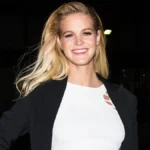

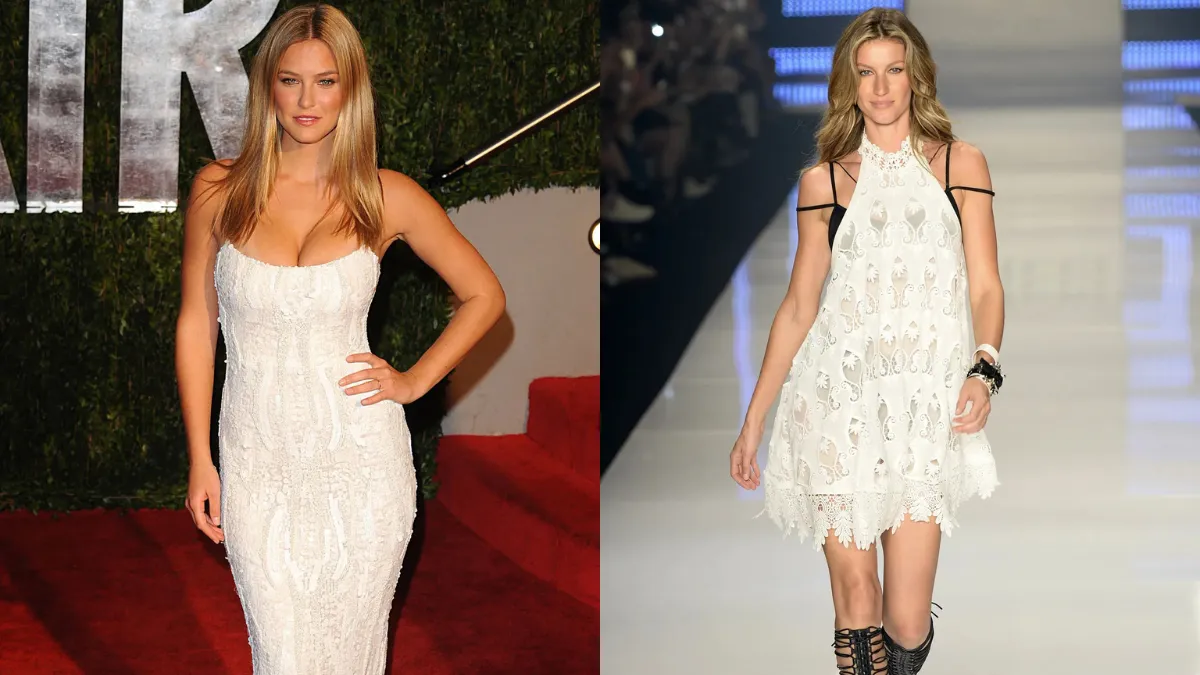
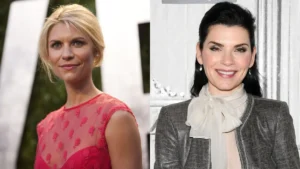

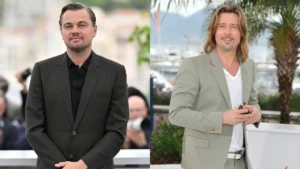
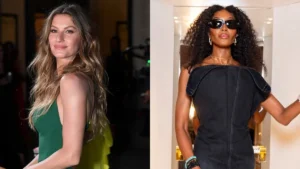
4 thoughts on “Bar Refaeli vs Gisele Bündchen: Who Holds the Higher Net Worth and Fashion Influence?”